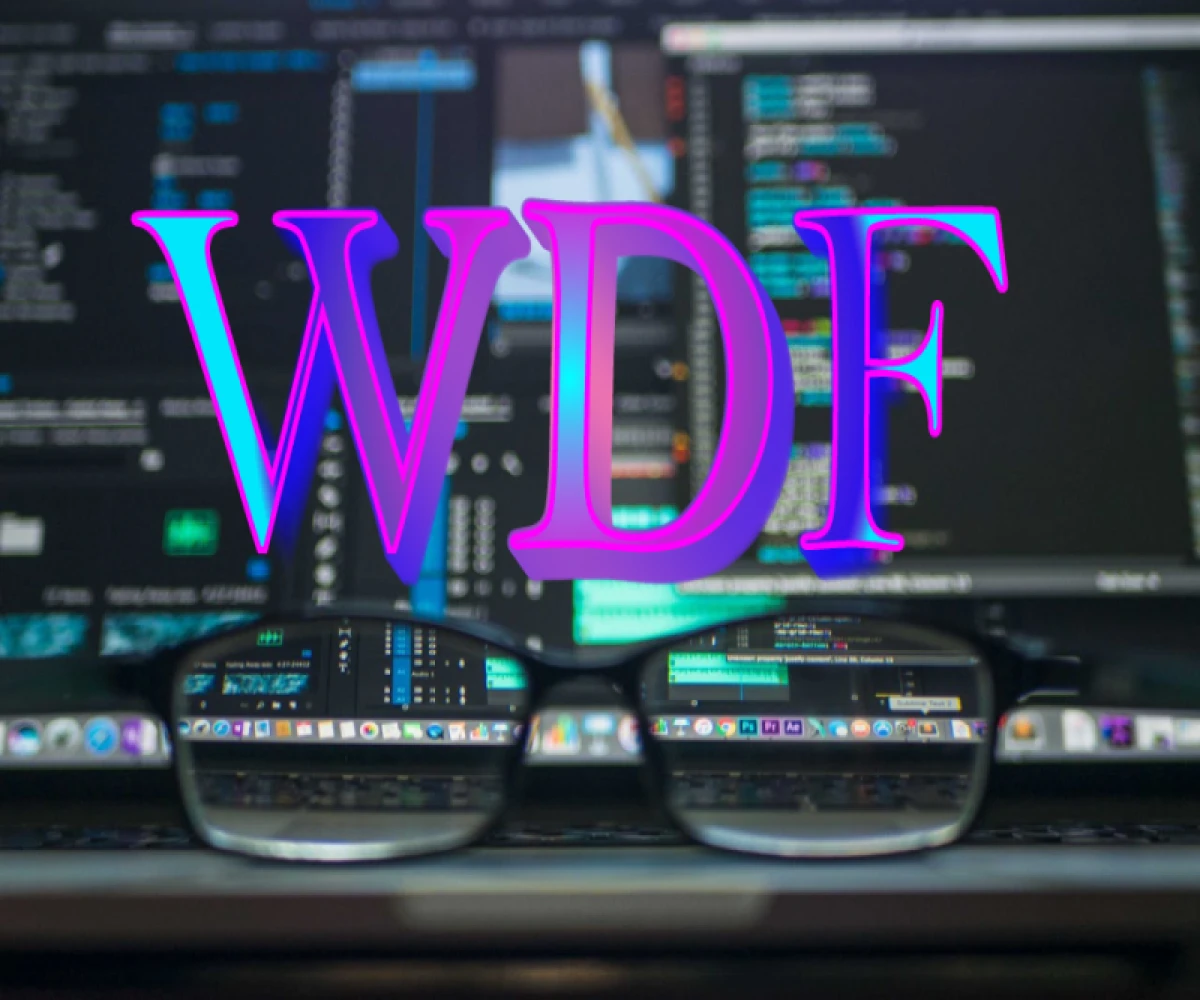
What is a WDF?
Building the Web: A Look at Web Development Frameworks (WDFs)
The web has become an essential part of our lives, connecting us to information, entertainment, and each other. But have you ever wondered how these dynamic and interactive websites are built? Enter the world of web development frameworks (WDFs)!
What is a WDF?
Imagine building a house. You wouldn't start from scratch, right? You'd use pre-built materials and established construction methods to make the process more efficient and reliable. WDFs work in a similar way for web development. They are essentially collections of pre-written code, tools, and libraries that provide a structured foundation for building websites and web applications.
Benefits of using a WDF:
- Faster development: WDFs come with pre-built components and functionalities, saving developers time and effort compared to coding everything from scratch.
- Improved code quality: Frameworks often enforce coding standards and best practices, leading to cleaner, more maintainable code.
- Easier collaboration: Working with a common framework allows developers within a team to understand and work on the codebase more effectively.
- Security: Many frameworks include built-in security features, helping to protect web applications from common vulnerabilities.
Examples of popular WDFs:
- Front-end frameworks: These focus on the user interface (UI) and user experience (UX) of a website. Examples include:
- React: A popular JavaScript library for building interactive user interfaces.
- Angular: Another well-established JavaScript framework known for its structure and scalability.
- Vue.js: A versatile framework known for its ease of use and flexibility.
- Back-end frameworks: These handle the server-side logic and data management of a web application. Examples include:
- Django: A Python framework known for its rapid development and clean design.
- Ruby on Rails: A Ruby framework popular for its simplicity and convention-based approach.
- Laravel: A PHP framework known for its robust features and built-in functionalities.
Choosing the right WDF:
The best WDF for your project depends on various factors, including the project's specific needs, the programming language you're comfortable with, and the size and expertise of your development team. Researching and understanding different frameworks is crucial before making a decision.
Conclusion:
WDFs are powerful tools that can significantly improve the efficiency, quality, and security of web development. Whether you're a seasoned developer or just starting out, understanding the basics of WDFs can be a valuable asset in your web development journey.


